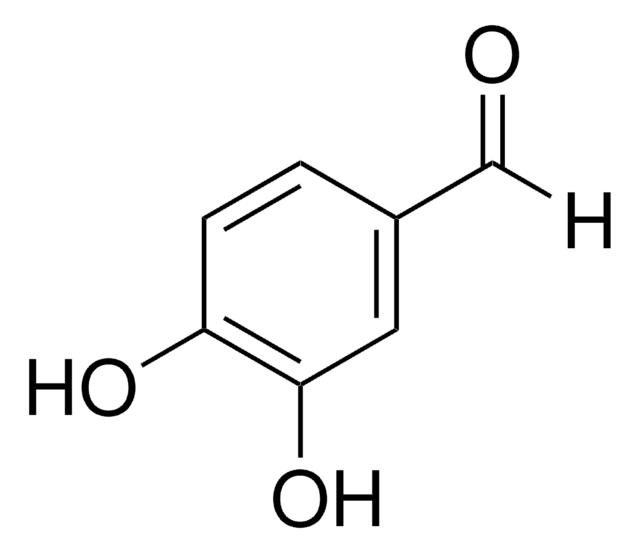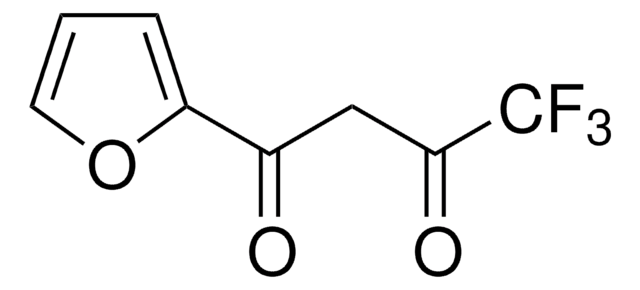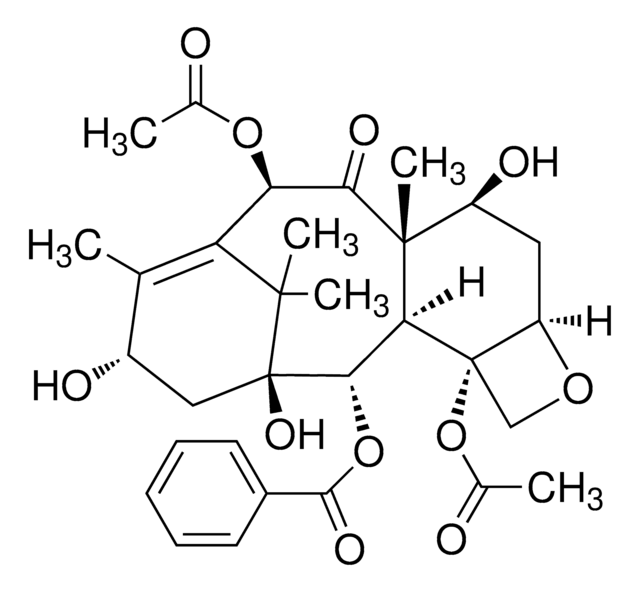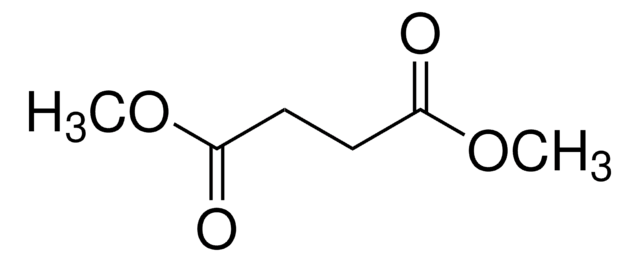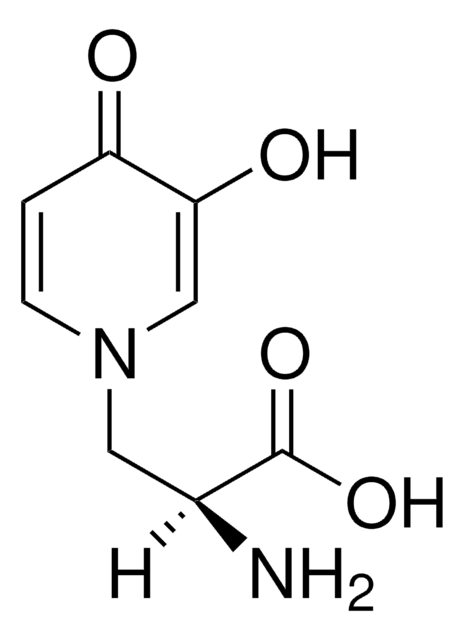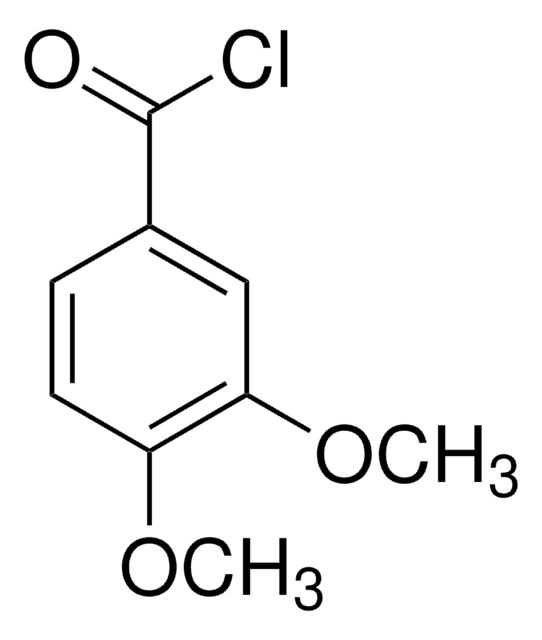E24859
Protocatechuic acid ethyl ester
97%
Synonym(s):
Ethyl 3,4-dihydroxybenzoate
Sign Into View Organizational & Contract Pricing
All Photos(1)
About This Item
Linear Formula:
(HO)2C6H3CO2C2H5
CAS Number:
Molecular Weight:
182.17
EC Number:
MDL number:
UNSPSC Code:
12352100
PubChem Substance ID:
NACRES:
NA.22
Recommended Products
Quality Level
Assay
97%
mp
132-134 °C (lit.)
SMILES string
CCOC(=O)c1ccc(O)c(O)c1
InChI
1S/C9H10O4/c1-2-13-9(12)6-3-4-7(10)8(11)5-6/h3-5,10-11H,2H2,1H3
InChI key
KBPUBCVJHFXPOC-UHFFFAOYSA-N
Looking for similar products? Visit Product Comparison Guide
Related Categories
Signal Word
Warning
Hazard Statements
Precautionary Statements
Hazard Classifications
Eye Irrit. 2 - Skin Irrit. 2 - STOT SE 3
Target Organs
Respiratory system
Storage Class Code
11 - Combustible Solids
WGK
WGK 3
Flash Point(F)
Not applicable
Flash Point(C)
Not applicable
Personal Protective Equipment
dust mask type N95 (US), Eyeshields, Gloves
Choose from one of the most recent versions:
Already Own This Product?
Find documentation for the products that you have recently purchased in the Document Library.
Customers Also Viewed
Extracellular Matrix/Integrin Signaling Promotes Resistance to Combined Inhibition of HER2 and PI3K in HER2
Ariella B Hanker et al.
Cancer research, 77(12), 3280-3292 (2017-04-12)
Regina G Daré et al.
International journal of pharmaceutics, 582, 119336-119336 (2020-04-19)
Excessive exposure to solar radiation induces injurious effects on human skin. Our previous study evidenced that protocatechuic acid (P0) and ethyl protocatechuate (P2) act against photodamage and photoaging. The present study aimed to develop solid lipid nanoparticles (SLNs) and nanostructured
Vijayalakshmi Sridharan et al.
American journal of physiology. Cell physiology, 292(2), C719-C728 (2006-10-20)
The cellular oxygen sensor is a family of oxygen-dependent proline hydroxylase domain (PHD)-containing enzymes, whose reduction of activity initiate a hypoxic signal cascade. In these studies, prolyl hydroxylase inhibitors (PHIs) were used to activate the PHD-signaling pathway in cardiomyocytes. PHI-pretreatment
Sebastian Philipp et al.
American journal of physiology. Heart and circulatory physiology, 290(1), H450-H457 (2005-09-13)
Protection from a prolyl hydroxylase domain-containing enzyme (PHD) inhibitor, desferoxamine (DFO), was recently reported to be dependent on production of reactive oxygen species (ROS). Ischemic preconditioning triggers the protected state by stimulating nitric oxide (NO) production to open mitochondrial ATP-sensitive
S A Fisher et al.
Journal of molecular and cellular cardiology, 26(6), 721-731 (1994-06-01)
The extra-cellular matrix has been demonstrated to play an important role in the differentiation of a number of cell types in vitro. The purpose of this study was to establish the role of ECM collagen synthesis in regulating growth and
Our team of scientists has experience in all areas of research including Life Science, Material Science, Chemical Synthesis, Chromatography, Analytical and many others.
Contact Technical Service

